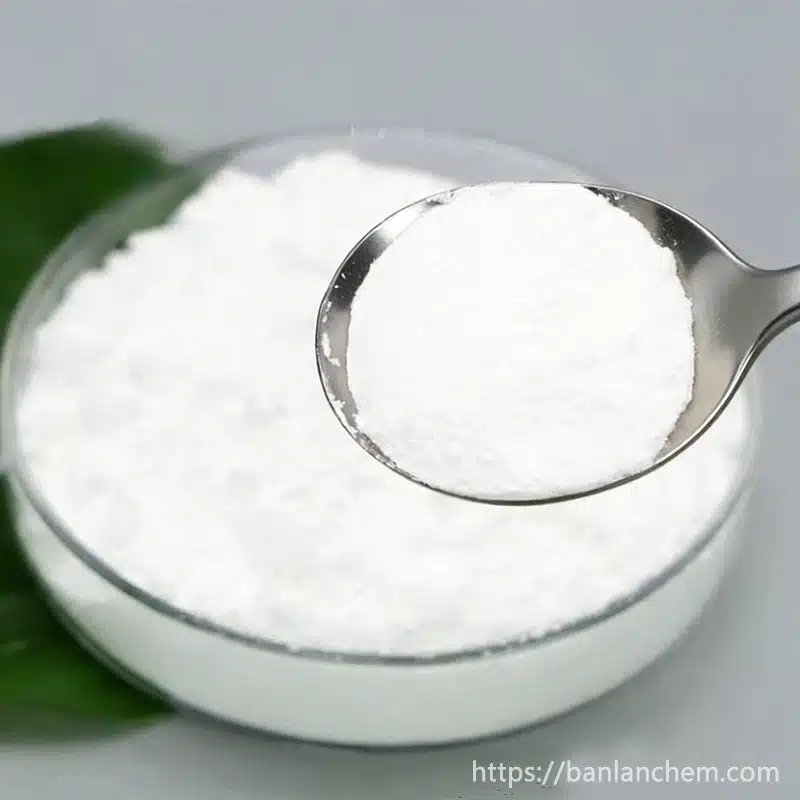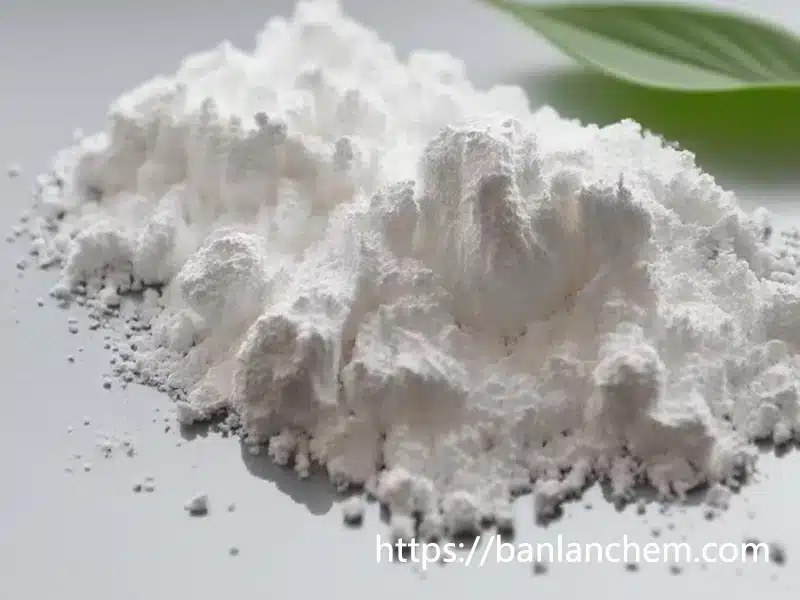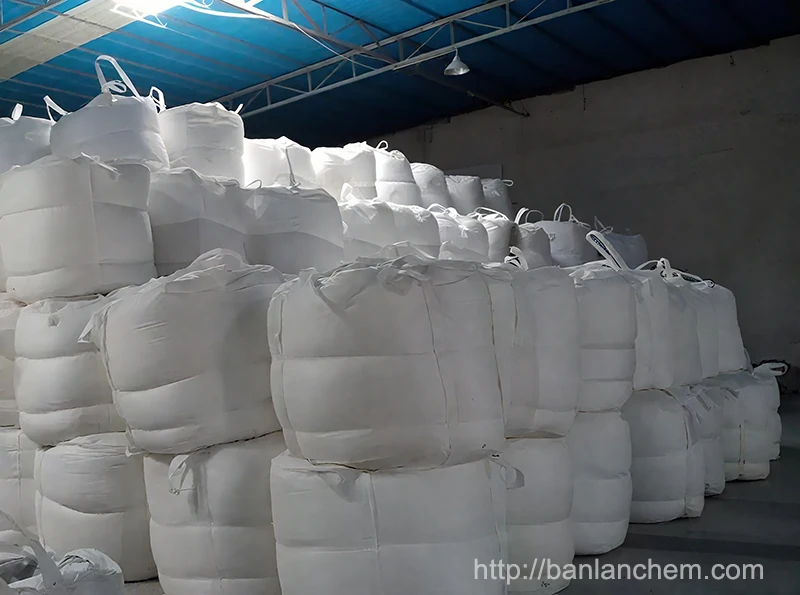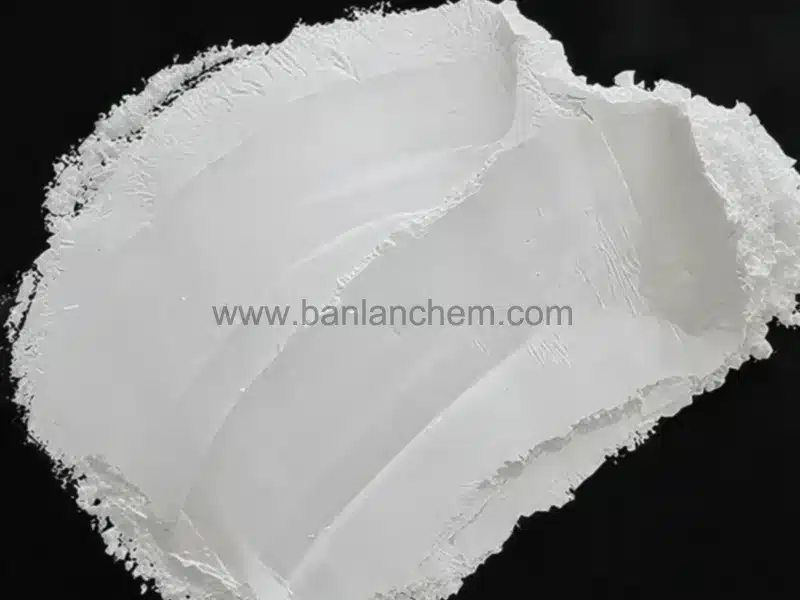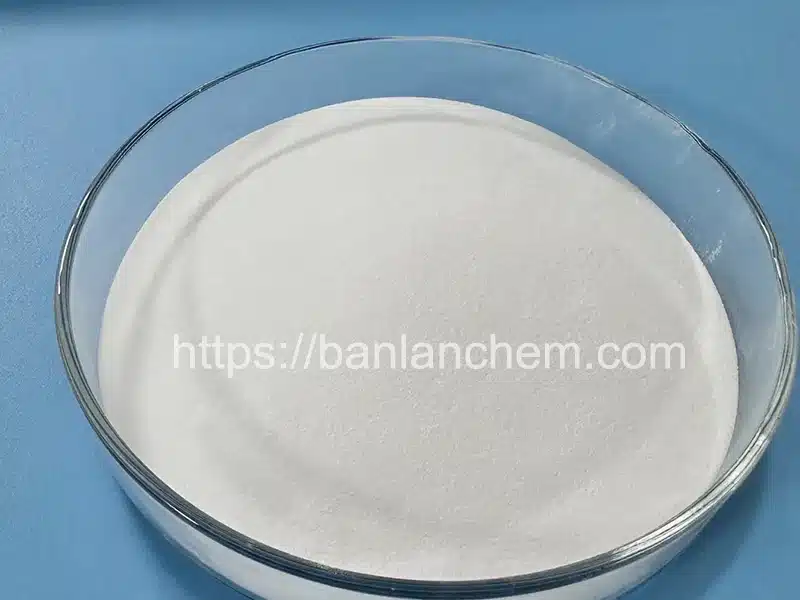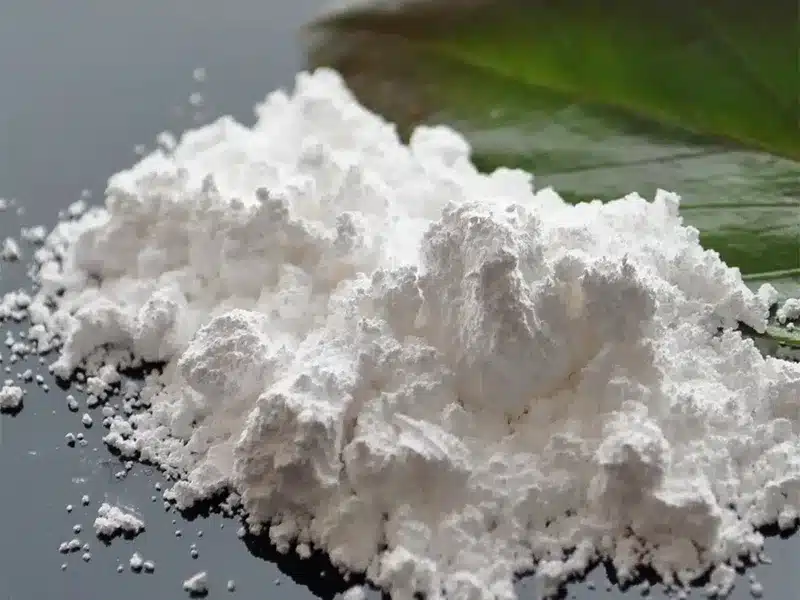Understanding Alumina Bonding Types,Properties and Uses
Alumina (properly called aluminum oxide, Al2O3) is a white, odorless, and tasteless inorganic compound with high purity. It is the main oxide form of aluminum and is commonly found in nature, including in corundum, rubies, and sapphires. It is also industrially extracted from bauxite ore.
Thanks to its high strength, hardness, rigidity, thermal conductivity, melting point, and excellent corrosion resistance, Al2O3 is used in many industrial fields. It can be shaped through various techniques like casting and pressing, and its properties can be modified by adding specific additives.
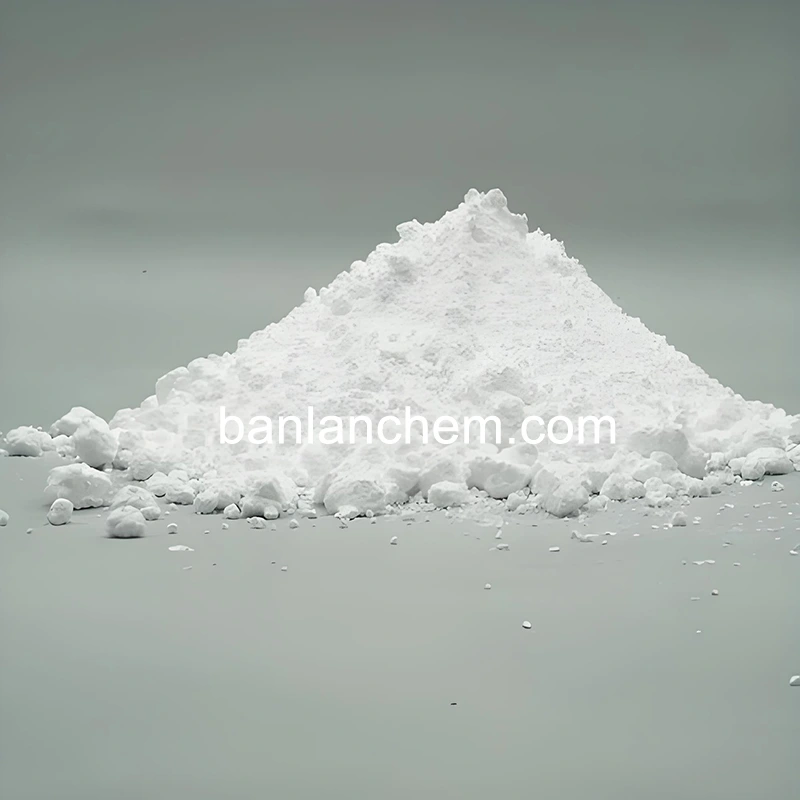
Chemical Structure of Alumina
The alpha phase (α-Al2O3) has a hexagonal close-packed (HCP) structure. Al3+ and O2− ions form the lattice, where each aluminum ion is surrounded by six oxygen ions. Larger oxygen ions occupy octahedral voids, and smaller aluminum ions occupy tetrahedral voids, filling about 74% of the crystal space.
Besides the stable α-phase, Al2O3 also exists in several metastable forms, such as χ-phase (hexagonal), η- and γ-phases (cubic), and κ-phase (orthorhombic).
Chemical Bonding in Alumina
- Covalent Bonds: Formed when two neutral atoms share one or more electrons. Common in nonmetals, covalent bonds result in lower melting points compared to ionic bonds.
- Ionic Bonds: Form when one atom gives away electrons to another. In Al2O3, aluminum loses electrons to become Al3+, while oxygen gains electrons to become O2−. This creates a strong electrostatic attraction.
- Metallic Bonds: Found between metal atoms, where electrons form a shared "sea" that gives metals their conductivity and malleability. Not present in Al2O3, but useful for comparison.
Aluminum oxide is considered an ionic compound, but due to the relatively small difference in electronegativity, it has some covalent character too. The stronger the bond, the higher the melting point. Al2O3 has a very high melting point because it includes double-charged ions.
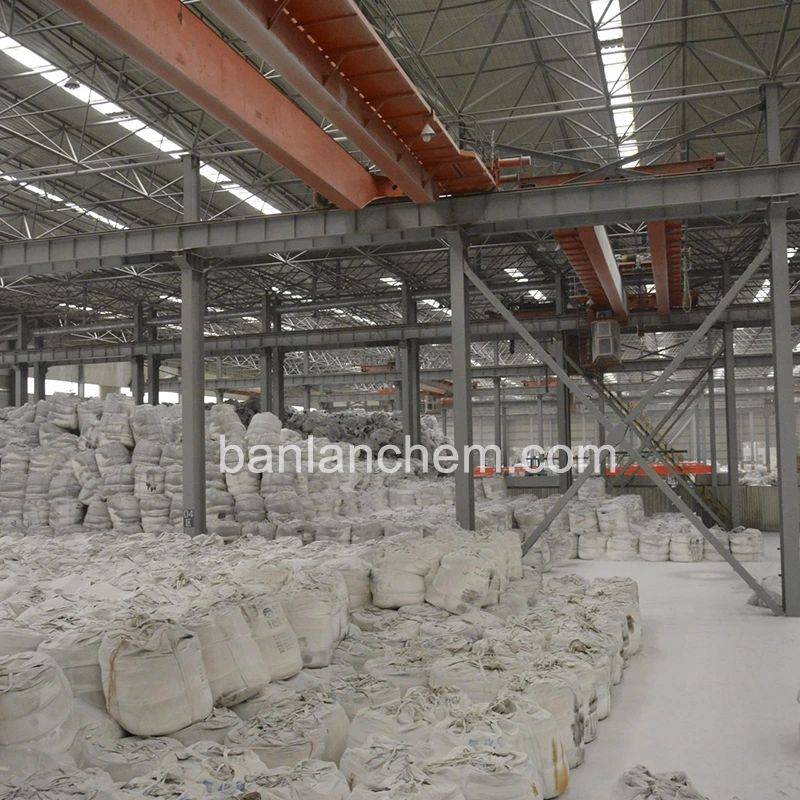
Key Properties of Alumina
- Melting Point: 2,072°C
- Boiling Point: 2,977°C
- Density: 3.95–4.1 g/cm³
- Thermal Conductivity: 35 W/m·K
- Insoluble in water
- Amphoteric nature: reacts with both acids and bases
Major Industrial Applications of Alumina
1. Aluminum Metal Production
About 90% of all Alumina is used to produce aluminum metal through electrolytic processes. This aluminum is used in construction, aerospace, automotive, and packaging.
2. Structural Ceramics
High-strength Al2O3 ceramics are used in mechanical seals, pump components, bearings, cutting tools, and welding nozzles due to their wear and corrosion resistance.
3. Electrical Insulation
Used in high-frequency circuit substrates, LED heat sinks, and spark plug insulators. Alumina is a top choice for applications requiring high voltage and thermal resistance.
4. Refractories
Al2O3 is a major component in high-temperature linings for kilns, furnaces, and incinerators. Calcined alumina has excellent slag resistance and thermal shock stability.
5. Abrasives and Polishing
Used to make grinding wheels, polishing powders, and slurries. Ideal for fine polishing in semiconductors, sapphire, glass, and optics industries.
6. Catalyst Carriers
γ-Al2O3 powder is porous with a high surface area, making it an excellent support material for catalysts used in refining, exhaust purification, and chemical synthesis.
7. Biomedical Materials
Due to its biocompatibility, Alumina is used in artificial joints, dental implants, cochlear housings, and pacemaker covers.
8. Cosmetics and Personal Care
Alumina Fine Powder is used in exfoliants, toothpaste, foundations, and sunscreens for its polishing, coverage, and UV-blocking properties.
9. Coatings and Pigments
Tabular alumina serves as a substrate for pearl pigments used in cars, plastics, and cosmetics. It improves gloss and visual appeal.
10. Fillers and Composites
Used as thermal fillers in adhesives and resins to enhance conductivity and mechanical strength. Tabular alumina helps form effective heat-dissipation paths.
11. New Energy and Environmental Applications
Applied in lithium battery separators, solar reflectors, and pollution control filters. γ-Al2O3 is especially effective in absorbing moisture and gases.
12. Light Industry Uses
Alumina is used in corrosion-resistant parts for food processing, tablet coatings in pharmaceuticals, and as a coating agent in paper production.
High-Performance Alumina from Banlan
Banlan Ceramics & Refractories offers a wide range of engineered Alumina materials, customized for demanding industrial needs. With decades of technical ceramic expertise, we deliver consistent quality and performance.


